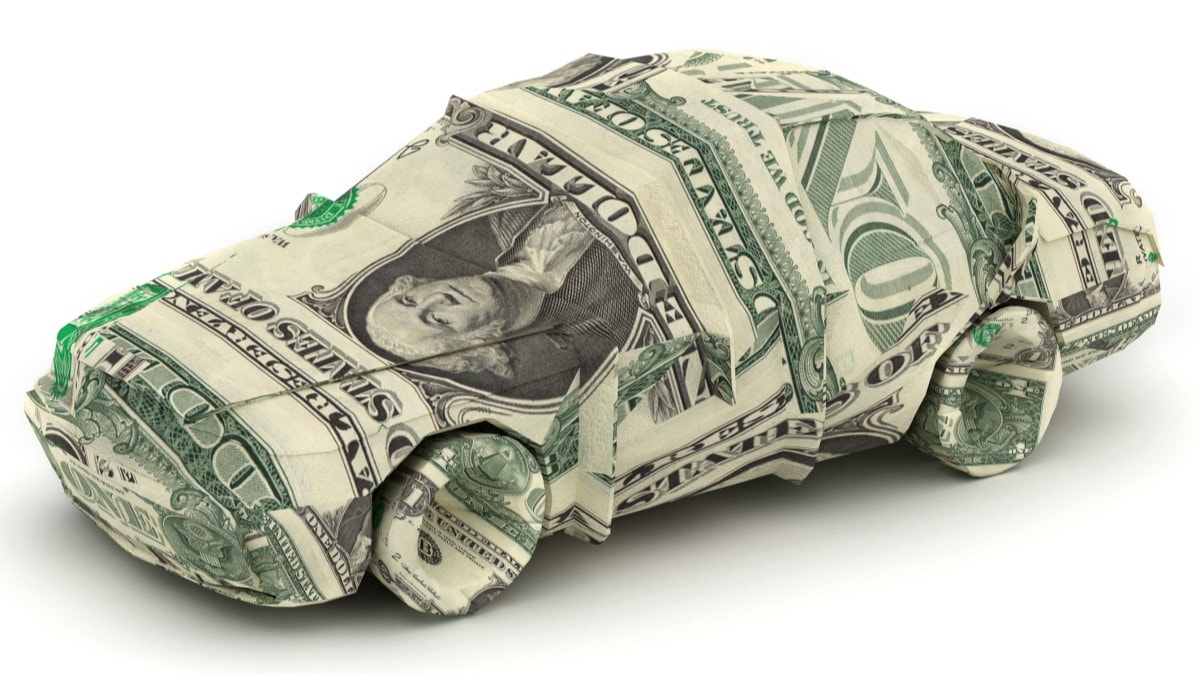The Federal Reserve cut its benchmark interest rate by a quarter of a point, or 25 basis points, yesterday.
The Federal Open Market Committee of the U.S. Federal Reserve, commonly called “the Fed,” is a committee of financial experts appointed by the president and approved by Congress. Once Fed members are in their seats for 4-year terms, they have complete independence and don’t answer to any branch of government.
Related: Average New Car Prices Fall Year-Over-Year, Incentives Rise
The Fed sets the interest rate for overnight loans between banks. Banks then use that rate to decide what interest rate to charge for credit cards and loans.
The Fed kept rates at a 23-year high for much of 2024, attempting to rein in inflation. With interest rates high, fewer Americans could afford to borrow to buy expensive items like homes and cars. The board finally cut rates in September by 50 basis points.
Related: It’s Finally Getting Easier to Get a Car Loan
“There is no doubt: High rates – and limited affordability – held back new-vehicle sales in 2024,” says Cox Automotive Chief Economist Jonathan Smoke.
Cox Automotive owns Kelley Blue Book.
Fed rate cuts don’t instantly translate to savings for shoppers. “Auto loan rates to start November are down 30 BPs year over year for new vehicles and down 55 points for used vehicles,” Smoke explains, even though the Fed rate fell by 75 points in that time.
Lenders, he says, still have room to lower rates to match the current cuts. And more cuts may be ahead, Smoke says.
Related: Is Now the Time to Buy, Sell, or Trade in a Car?
“I expect the best time for lower rates will be by the spring,” Smoke says. Car shoppers “could see 1-1.5 points of further improvement, more on used vehicles” and on new-vehicle loans issued by the automakers’ own captive finance companies.
But rates aren’t the only factor he’s watching. Political uncertainty is now affecting lenders’ decisions, Smoke says. “It is too early in the process to look much further than the next six months on the rate path, as much will depend on how the economy plays out and how policy actions in a second Trump administration influence inflation. Additionally, we still do not know which party will control the House of Representatives.”
Shoppers might find a better rate by waiting until spring. But politics could change that. “If consumers worry that prices could be higher in a few months and choices more limited – thanks to tariffs and the possibility of a trade war – it will change their urgency to buy sooner rather than later,” Smoke explains.








